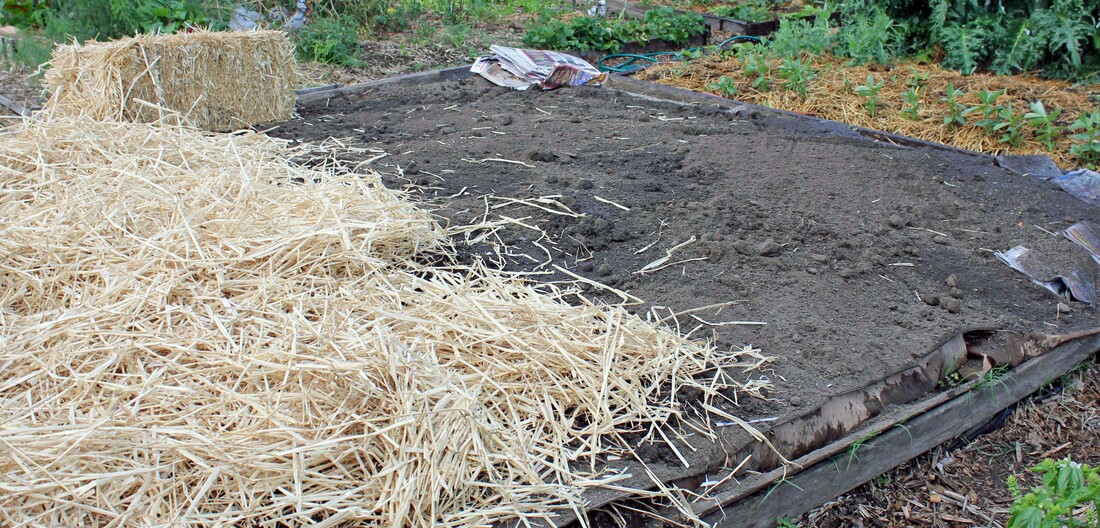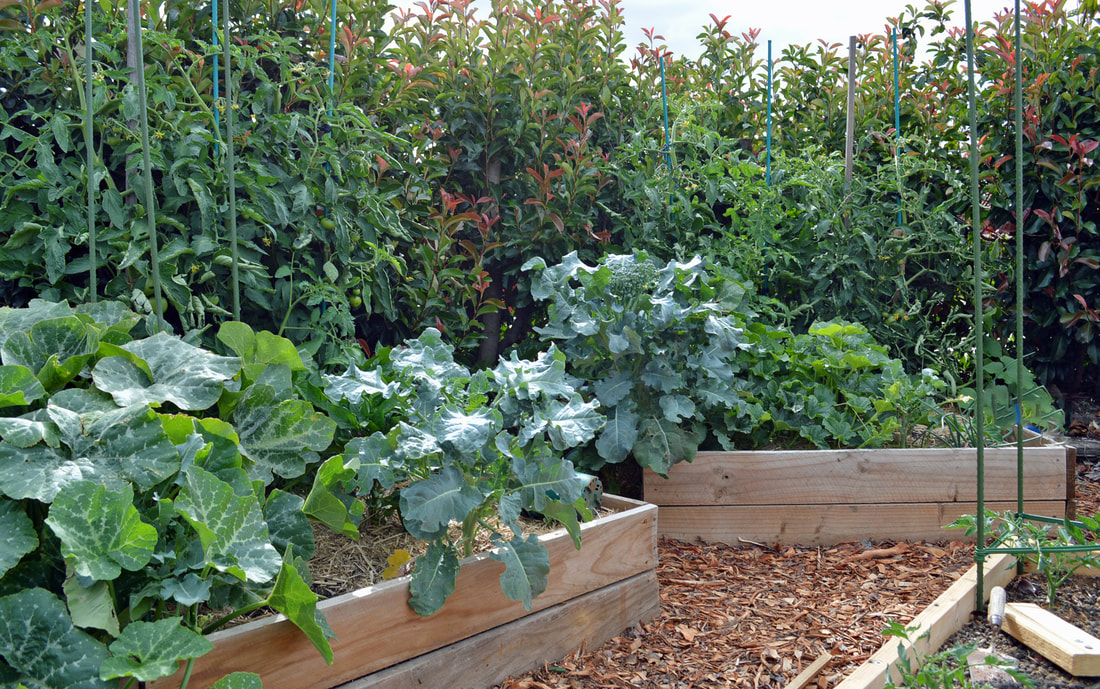|
Save time, water and money with no-dig gardening
No-dig is a gardening method which doesn’t require cultivation of the existing soil. The technique was pioneered in 1977 by Australian gardener and author Esther Deans. It has since been adopted in all its various forms worldwide. No-dig gardens are raised and don’t contain soil, that is, sand, silt or clay. They can have natural, recycled or manufactured edges. No-dig gardens consist of layers of organic material such as newspaper or cardboard, lime, blood and bone, lucerne hay, lawn clippings, prunings and compost. Beds need to be deep enough to grow plants in, around 30cm is adequate for many plants. No-dig gardens are especially useful for growing herbs and veggies. Advantages of no-dig gardening
Limitations of no-dig gardening
Tips
Handy resources: https://deepgreenpermaculture.com/diy-instructions/no-dig-gardening/ https://www.abc.net.au/gardening/factsheets/no-dig-garden/9429424 No-dig gardening: how to create an instant, low-maintenance garden. Allen Gilbert (2003). ISBN: 0733309410. Available for loan through Libraries ACT. |
|


